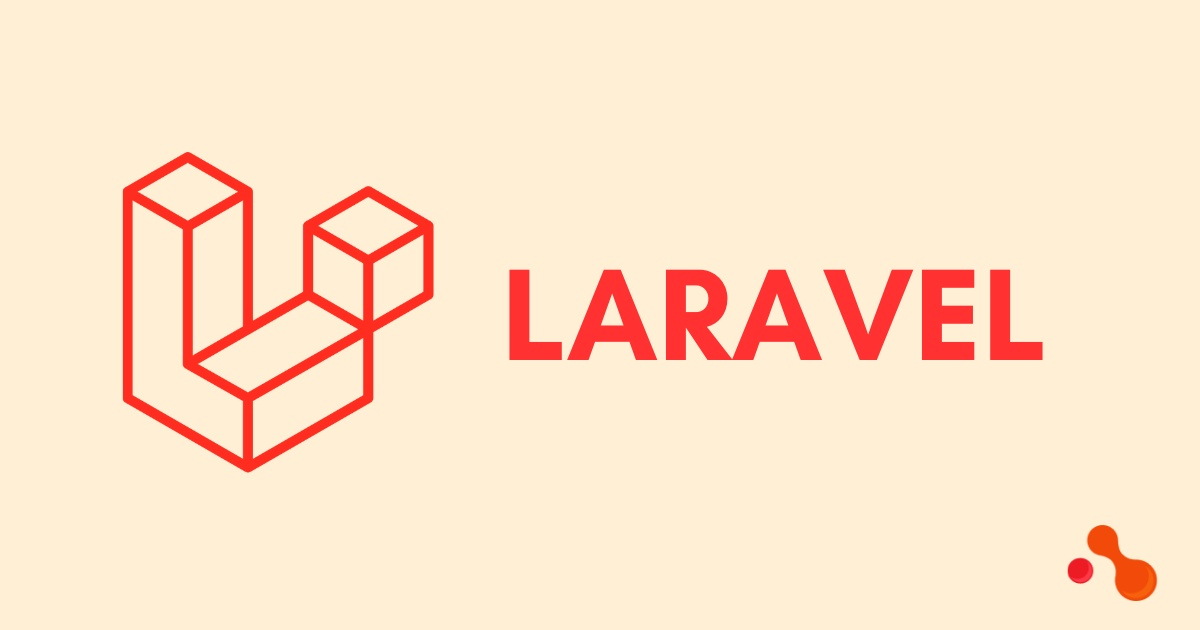Introduction
Are you looking to create a powerful and flexible content management system (CMS) for your website? Look no further! In this blog, we'll explore how to build a custom CMS solution using Laravel and GraphQL. Laravel, a popular PHP web framework, provides a robust foundation for web development projects. By combining it with GraphQL, a flexible query language for APIs, we can create efficient and user-friendly CMS solutions. Whether you're a business owner or a developer seeking to enhance your website's capabilities, this guide will help you understand the process and benefits of using Laravel and GraphQL for CMS development.
Understanding CMS and GraphQL
- CMS (Content Management System) is a software that allows users to create, manage, and modify digital content, like websites, without requiring technical expertise.
- Its role in web development is to simplify the process of content creation and management, making it easier for non-technical users to maintain their websites.
- CMS provides a user-friendly interface to add/edit content, manage media files, and control website layout and design.
- GraphQL is a query language and runtime for APIs, designed to retrieve exactly the data needed by the client, and nothing more.
- Advantages of GraphQL over traditional REST APIs include:
- Single Request: GraphQL allows fetching multiple resources in a single request, reducing overhead.
- No Overfetching: Clients can request only the required data, avoiding unnecessary data retrieval.
- Strongly Typed: GraphQL enforces a strict schema, preventing runtime errors.
Getting Started with Laravel
- Laravel is a popular PHP framework for web development.
- Key features include:
- Eloquent ORM: Simplifies database interaction with an easy-to-use, expressive syntax.
- Blade Templating Engine: Allows creating reusable templates with clear syntax.
- Artisan CLI: Provides command-line tools to streamline development tasks.
- Middleware: Enables filtering HTTP requests entering the application.
- Robust Security: Built-in tools for protecting against common web vulnerabilities.
- Using Laravel for CMS development offers several benefits:
- Rapid Development: Laravel's elegant syntax and built-in features speed up development.
- Modular Structure: Easy to maintain and scale as the project grows.
- Laravel Development Services: Specialized companies can help businesses build powerful CMS solutions using Laravel.
- Laravel Web Development Company: Companies with expertise in Laravel development can create custom CMS tailored to specific needs.
Setting Up GraphQL in Laravel
- GraphQL is a powerful query language for APIs that allows more efficient data retrieval and manipulation.
Step 1: Install Required Packages
- Use Composer to install the necessary packages for GraphQL in Laravel.
- Packages like "graphql" and "graphql-playground" are essential.
Step 2: Configure GraphQL
- Create a new GraphQL schema file where you define your data types and queries.
- Modify the configuration files to register the GraphQL service provider.
Step 3: Create Resolvers
- Resolvers handle incoming queries and retrieve data from the database.
- Define resolvers for each query type in your schema.
Step 4: Test with GraphQL Playground
- Run the Laravel server and access the GraphQL Playground to test your API.
- Execute queries and mutations to check if the data is retrieved correctly.
Designing the Custom CMS
Requirements and Features:
- The custom CMS will be built using Laravel to take advantage of its powerful features.
- It should have user authentication and role-based access control for admin and regular users.
- Admins can create, update, and delete content, while regular users have read-only access.
- The CMS should support various content types like articles, pages, and media files.
- Users should be able to organize content into categories and tags.
- A user-friendly and intuitive interface is essential for ease of use.
Database Structure and Models:
- The CMS will require a few key database tables:
- Users table for authentication and storing user information.
- Content table to store articles, pages, and media files.
- Categories and tags tables to organize content efficiently.
- User roles table to manage access control.
- Laravel's Eloquent ORM can be used to create models for each table, making database interactions simple and efficient.
Implementing GraphQL Endpoints
GraphQL is a powerful technology that simplifies data retrieval and manipulation in the Content Management System (CMS). Here's how to create GraphQL endpoints for your Laravel-based CMS:
- Queries: To fetch data, define query types in GraphQL that correspond to your CMS data structure. For example:
- Get all posts:
query { posts { title, content, author } } - Get a single post:
query { post(id: 123) { title, content, author } }
- Get all posts:
- Mutations: To modify data, use mutation types. For instance:
- Create a new post:
mutation { createPost(title: "New Post", content: "Content here", author: "Admin") } - Update a post:
mutation { updatePost(id: 123, title: "Updated Post") }
- Create a new post:
- Subscriptions: For real-time updates, set up subscriptions. For example:
- Listen for post updates:
subscription { postUpdated(id: 123) { title, content, author } }
- Listen for post updates:
Building the Admin Dashboard
In Laravel development, creating an Admin Dashboard for the CMS can be made easier with Laravel's UI components:
- Set up Laravel UI: Install Laravel's UI package to leverage its pre-built UI scaffolding.
- User Authentication: Implement user registration and login using Laravel's built-in authentication system.
- User Authorization: Utilize Laravel's role-based permissions to control access levels for different dashboard features.
- Admin Dashboard Views: Design dashboard views using Laravel's UI components such as cards, tables, and forms.
- Dashboard Functionality: Implement CRUD operations to manage CMS data from the dashboard.
- Styling: Customize the dashboard's appearance with CSS and Laravel's Blade templating engine.
Handling Media and Assets
- File Uploads: Allow users to upload media files (images, videos, etc.) through the CMS interface.
- Storage Options: Choose appropriate storage for media, like local server storage or cloud storage (e.g., Amazon S3).
- Optimizations: Compress images, videos, and other assets to reduce file size and improve website loading speed.
Testing and Debugging
- Importance of Testing: Ensure the CMS functions correctly, providing a smooth user experience.
- Strategies: Perform unit testing, integration testing, and user acceptance testing.
- Tools: Use Laravel's built-in testing framework (PHPUnit) and tools like Laravel Dusk for browser automation testing.
- Debugging: Utilize Laravel's debugging tools like "dd()" and logging errors for easy issue identification and resolution.
Conclusion
In conclusion, leveraging Laravel and GraphQL for building custom CMS solutions opens up a world of possibilities for web development. The synergy between Laravel's powerful features and GraphQL's flexibility empowers developers to craft CMS solutions tailored to specific needs. With Laravel's extensive community support and a growing ecosystem of GraphQL tools, the development process becomes smoother and more efficient. Whether you're a Laravel web development company, a business owner, or a developer, embracing these technologies can lead to scalable, maintainable, and user-friendly CMS solutions. So, dive into Laravel development services and explore the immense potential of CMS development with Laravel and GraphQL!.


No comments yet